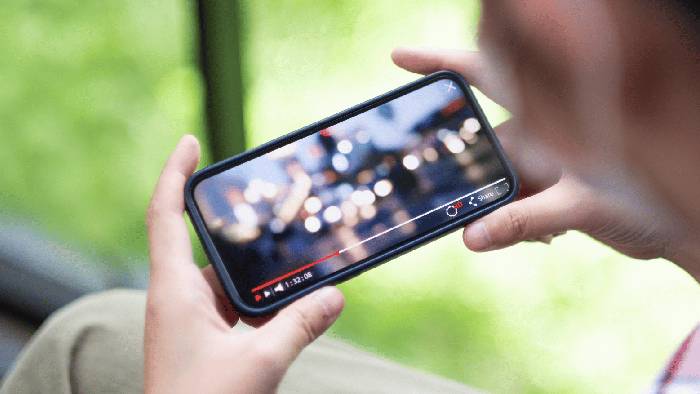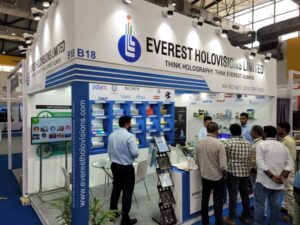“Government’s Ambitious Vision: Streaming Videos Without SIM Card or Internet in Future”
In a significant breakthrough, mobile users could soon enjoy video streaming without the need for a SIM card or an internet connection, thanks to the upcoming implementation of Direct-to-Mobile (D2M) broadcasting technology. Addressing a Broadcasting Summit, Apurva Chandra, the Secretary of Information and Broadcasting, revealed that trials of the home-grown D2M technology would be conducted in 19 cities, advocating for the reservation of the 470-582 MHz spectrum to support this innovative technology.


In a significant breakthrough, mobile users could soon enjoy video streaming without the need for a SIM card or an internet connection, thanks to the upcoming implementation of Direct-to-Mobile (D2M) broadcasting technology. Addressing a Broadcasting Summit, Apurva Chandra, the Secretary of Information and Broadcasting, revealed that trials of the home-grown D2M technology would be conducted in 19 cities, advocating for the reservation of the 470-582 MHz spectrum to support this innovative technology.
Chandra emphasized that a 25-30% shift of video traffic to D2M could alleviate congestion on 5G networks, fostering the nation’s digital evolution and democratizing content delivery. Pilot projects conducted last year in Bengaluru, Kartavya Path, and Noida laid the groundwork for testing D2M technology, showcasing its potential to transform the way users access and enjoy video content.
The Secretary highlighted the impact of D2M on reaching nearly 8-9 crore “TV Dark” homes across the country, addressing a significant gap in TV accessibility. Out of the 280 million households in India, only 190 million possess television sets. With approximately 80 crore smartphones in the country, where 69% of content accessed is in video format, D2M emerges as a promising solution to enhance video delivery without straining mobile networks.
Chandra emphasized that the heavy use of video often leads to network congestion and buffering issues. Developed collaboratively by Saankhya Labs and IIT Kanpur, the D2M broadcasting technology utilizes terrestrial telecommunications infrastructure and allocated spectrum from public broadcasters to transmit video, audio, and data signals directly to compatible mobile and smart devices.
With the potential to reach over a billion mobile devices, the adoption of D2M technology promises transformative benefits, including cost reductions in data transmission and access, improvements in network efficiency and resilience, and the potential establishment of a nationwide emergency alert system. As trials expand to additional cities, the D2M technology stands poised to redefine the landscape of mobile streaming and content accessibility, paving the way for a more inclusive and efficient digital future.
Sources By Agencies








Wow, superb blog layout! How long have you been blogging for? you make blogging look easy. The overall look of your site is magnificent, as well as the content!
I do trust all the ideas you’ve presented in your post. They are really convincing and will definitely work. Nonetheless, the posts are too short for newbies. May just you please lengthen them a bit from next time? Thank you for the post.